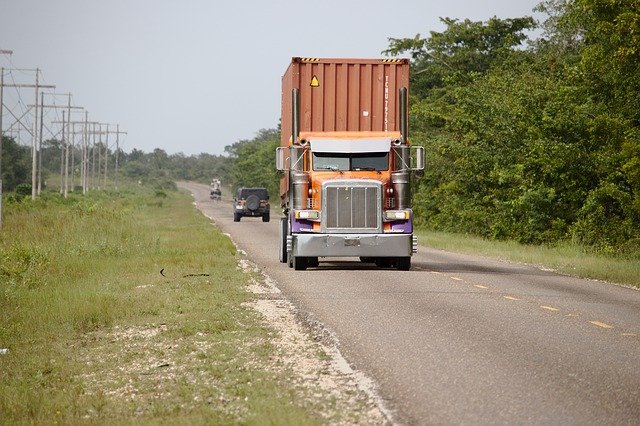
-
Office of the Commissioner Memo No. 34-2021 mandates that all electronically lodged transit goods declarations must have an approved bond policy in the Electronic-to-Mobile (E2M) System’s Automated Bonds Management System from March 1
-
Only the approved bond policy can be used in the Terms of Payment upon filing of the transit single administrative document in the E2M system
-
As long as approved bond policy has sufficient funds or available balance, it can be applied to multiple electronically lodged transit goods declaration.
Starting March 1, all electronically lodged transit goods declarations must have an approved bond policy in the Automated Bonds Management System (ABMS) of the Electronic-to-Mobile (E2M) System, the Bureau of Customs (BOC) announced.
Only the approved bond policy can be used in the Terms of Payment (TOP) upon filing of the transit single administrative document (TSAD) in the E2M system, according to Office of the Commissioner (OCOM) Memo No. 34-2021 dated February 15.
This is pursuant to Customs Memorandum Order (CMO) No. 30-2020, which was issued last January and provides the guidelines for implementing in all Customs ports the ABMS for general transport surety bonds (GTSB), which apply to all transit bond accounts opened under the E2M system.
READ: BOC order sets guidance on automated bonds management system adoption
OCOM Memo 34-2021 states that the approved transit bond policy, as long as it has sufficient funds or available balance, can be applied to multiple electronically lodged transit goods declarations.
The authorized customs officer should tag all transit shipments as “Arrived” in the E2M system and once done, the ABMS will automatically revert the amount charged to the original balance.
OCOM Memo 34-2021 was issued following the implementation of the general transport bond through the ABMS last February 1.
A BOC-wide system for processing bond transactions, ABMS was established pursuant to CMO 14-2012, the order that provides the procedures for implementing the ABMS in all customs ports. The ABMS monitors and manages bond balances and flags those that have matured.
CMO 30-2020, meanwhile, is applicable to all transit bond accounts opened under the E2M system in all collection districts, including sub-ports and other BOC offices.
A GTSB is a form of security to guarantee the payment of duties and taxes and other obligations to BOC.
Under CMO 30-2020, all surety companies must be registered in the Client Profile Registration System (CPRS) of the E2M system. The Collection Service under the Revenue Collection Monitoring Group shall be responsible for activating the CPRS registration, pursuant to CMO 13-2018 (Decentralization of MISTG Non-IT Functions).
Transit bond policies filed will be approved at the Bonds Division of the port.
Approved bond policies filed in the current year at the port of discharge will expire on January 31 of the following year.
Surety companies should apply for GTSB in the port where the goods are discharged and should be used in the port it was applied for. When creating a bond account with the value-added service provider, the port must be explicitly specified. A bond policy number cannot be used if it already exists in the system, CMO 30-2020 noted.
Approved transit bond policy can be applied to multiple electronically lodged goods declaration of the importer as long as the policy bond has sufficient funds or available amount.
Only the approved bond policy can be used in the TOP upon filing of the TSAD in the E2M and bond credit as payment instrument will be used. Upon registration of the TSAD, the ABMS will change the status of the bond policy to “Charged” if there is available fund balance.
Tagging of transit shipments
All transit shipments transferred to Free Zones from the port of discharge must be tagged “Arrived” in the E2M Transit System by the authorized Customs officer on the following period:
- For single containers, within 24 hours from arrival of the shipment at the Free Zone
- For multiple containers, within 24 hours from arrival of the last container of the shipment at the Free Zone
Once the TSAD is tagged “Arrived” at the port of destination, the ABMS will automatically revert the amount charged to the original bond balance.
Any alarm raised in the Electronic Tracking of Containerized Cargo (E-TRACC) system must be reported, pursuant to CMO 04-2020, the order which establishes E-TRACC.
The E-TRACC, launched last May, is a web-based system that tracks the inland movement of containerized cargoes during transit and transfer to other customs territories and facilities.
If the importer fails to have the GTSB-secured containers arrive on time at the designated destination without valid reason, this should be sufficient ground for the bond to be forfeited. – Roumina Pablo




